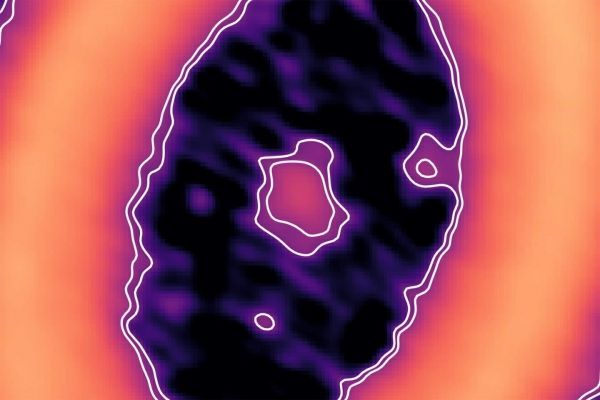Using Earth’s most powerful array of radio telescopes, astronomers have made the first observations of a circumplanetary disk of gas and dust like the one that is believed to have birthed the moons of Jupiter.
The find, reported online today in Astrophysical Journal Letters, adds to the intriguing story of planet PDS 70 c, a still-forming gas giant about 370 light years from Earth that was first revealed last month in visible light images.
Using the massive 66-antenna Atacama Large Millimeter/submillimeter Array (ALMA) in Chile, Rice University astronomer Andrea Isella and colleagues collected millimeter wave radio signals that revealed the presence of dust grains throughout the star system where PDS 70 c and its sister planet, PDS 70 b, are still forming.
“Planets form from disks of gas and dust around newly forming stars, and if a planet is large enough, it can form its own disk as it gathers material in its orbit around the star,” Isella said. “Jupiter and its moons are a little planetary system within our solar system, for example, and it’s believed Jupiter’s moons formed from a circumplanetary disk when Jupiter was very young.”
Read more at: Rice University
A color-enhanced image of millimeter-wave radio signals from the ALMA observatory in Chile shows a disk of gas and dust (right of center) around exoplanet PDS 70 c, the first-ever observation of the kind of circumplanetary disk that is believed to have birthed the moons of Jupiter more than 4 billion years ago. (Photo Credit: A. Isella, ALMA ESO/NAOJ/NRAO)


